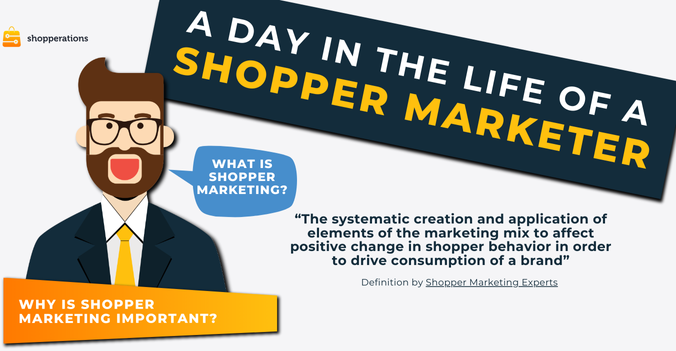 I hear over and over again that clients do not trust their own data. This is a concerning barrier as without high-quality data, you cannot create effective analytics and ultimately prove the validity of your marketing efforts.
I hear over and over again that clients do not trust their own data. This is a concerning barrier as without high-quality data, you cannot create effective analytics and ultimately prove the validity of your marketing efforts.
Take, for example, the marketing mix analysis. It is something that has been around seemingly forever. There are great companies that offer the latest technology, modeling systems and algorithms. This methodology has been perfected, it is not a secret sauce anymore.
However, what is missing is the inputs from the marketing team; data that clearly states what was done, what brands were promoted, the offers, the dates, investments made and where it happened. Sounds basic, right? But in practice, marketing teams are finding it extremely difficult to create structured and detailed data.
But why are we faced with bad data?
It’s overwhelmingly clear that it is because far too many marketing teams still work with spreadsheets as the main tool for planning and reporting. This is a problem that many businesses face, including our CPG marketing domain.
One of the major reasons spreadsheets fail us is that they lack consistency and do not enforce user compliance. So when the time comes to do the post-promotional analysis, the process is extremely flawed and takes months to collect inputs. Another problem is that users have to rely on their offline records and attempt to remember what happened months ago and recreate history. The result is a flawed account.
Not able to be strategic
This is a result of people getting caught in the perpetual loop of short-term tactics. In order to learn and be strategic, you have to be able to quickly understand what worked in the past. This requires data, and as we have seen, this is easier said than done.
Most marketing teams are only able to do a traditional marketing mix analysis once, maximum twice a year, and perhaps, only for one out of five brands, because it is so expensive and time consuming.
Let’s assume the analysis based on this porous data can provide a positive outcome. It may make you feel good because it demonstrates that your investments on a high level are paying off and you your shopper marketing ROI is higher than traditional media or trade investments. But how do you get even better? How do you optimize your investments even further?
Learning cycle is too long
Data mined from the spreadsheets is not granular enough, it does not cover the entire portfolio. It also takes too long to measure, so you can’t affect these insights for the next six months as customer plans have been solidified. This means that you can only action changes towards the end of the fiscal year. In reality, you are faced with an 18-month learning loop. However, the world moves on in 18 months. So how effective are your insights when you finally get to implement them?
We ask junior people in agencies to gather our data; data which does not exist in a structured place. Furthermore, the trail record of the execution is unclear and this results in information that is piecemeal at best. So when it comes time for the analysis, we supply bad data, which is hampered by gaps and guesswork. Accordingly, clients are skeptical of the results. And rightly so. They are aware that the data going in was untrustworthy. They had little confidence in the data going in, so the results will not be trustworthy either. Garbage in and garbage out.
High-quality input data is possible
A marketing system of record like Shopperations helps address this problem. You do not need to scramble to collect past investment info the tactical plans and actuals are automatically captured.
The system ensures that your team is capturing data in a consistent and uniform way. They capture plans, collaborate with agencies, share budget plans with finance teams. These plans always evolve, then solidify, and are finally executed. Once bills and redemptions roll in, marketing spend will be actualized.
To keep the marketers on track, the system keeps “nagging” users to update and validate their plans and actualize investments. The process of actualization ensures great quality, granular data that becomes “raw materials” for marketing analytics efforts. It accurately and fully captures everything your team has done over the last month, two months, six months ... the full year!
This consistent actualization process will feed into continuous, always-on analytics cycle instead of waiting six months to gather data for the previous year. Better data allows the marketing modeling to happen at a more granular level, creating quick, actionable and repeatable learning cycles for end users who are in charge of making daily investment decisions.
What specific analytics approach and methods you should use and what KPIs you capture is subject for a separate debate. However, even the most sophisticated models and the most advanced analytics methods will fail if the data is missing or of poor quality.
How do you gather data for post-promotional analytics? What challenges have you encountered and what solutions have you found to make analytics sustainable and accessible?
OTHER BLOGS YOU MIGHT LIKE:
STATE OF CPG MARKETING. WHAT'S HOLDING US BACK?
SHOPPER MARKETERS: SAY GOODBYE TO FINAL.FINAL.XLS
7 WAYS SHOPPER MARKETERS WASTE TIME AND MONEY
6 THINGS OUR CLIENTS LOVE ABOUT SHOPPERATIONS









